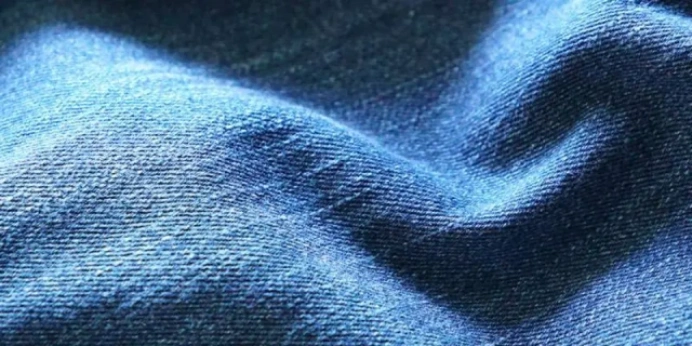A key to achieving success in the fashion market is ensuring consistency throughout a line of clothing. A line of shirts has to have the same type of cut, quality, and color to maintain the integrity of a brand.
Because denim can be one of the toughest fabrics to work with, maintaining color consistency from factory to factory for a particular brand of jeans is extremely difficult. Ensuring consistent color measurement throughout a roll of denim requires a manufacturer to make use of precise measuring equipment, such as spectrophotometers/colorimeters.
Challenges of Dyeing Denim
Denim can be a challenging fabric to use for clothing manufacturing for a variety of reasons. The weaving required to create a roll of denim fabric requires precise manufacturing work, but also provides the toughness denim is known to possess.
Those challenges carry over to dyeing denim, where the weaving pattern in the fabric can make it difficult to consistently spread the dye across the entire roll. A couple of options for dyeing denim are Indigo and sulfur dyeing.
- Indigo dyeing is commonly used in denim manufacturing, as few other dyes can match the desirable sky blue color an Indigo dye can create. However, the Indigo dyeing process, if not performed correctly, can lead to undesirable fading after washing.
- A sulfur dye will typically be a lower-cost option for dyeing denim than Indigo, but the color choices are a bit more limited. Most manufacturers will stick to a darker color when using sulfur dyeing. Non-blue colors are common with sulfur dyeing too.
Nothing’s Better Than Faded Jeans
One of the best properties of denim is the way the fabric fades over time. The faded look can be even more desirable than the original dyed color of the jeans.
For example, one reason why denim created in Japan is popular is because of the way it fades. Individual brands of Japanese denim are well known for the specific colors they produce after they fade, but those faded colors must be consistent over time to maintain the brand’s integrity.
To achieve a consistent fading process, the dye the manufacturer applies in the production phase must be consistent from fabric roll to fabric roll. A mistake in the original dyeing process will lead to a different faded color than what’s intended, which can be a disaster for a manufacturer of fashion jeans. Therefore, finding a way to consistently ensure the color of the denim dye process is important, which is where spectrophotometers/colorimeters enter the picture.





